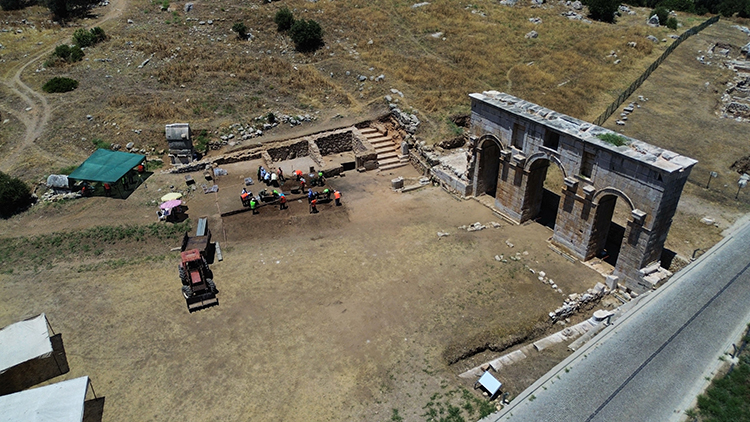
2,000-Year-Old Shops and Stoa Unearthed in Patara, the Capital of the Ancient Lycian League
Archaeologists have uncovered a remarkable new section of the ancient city of Patara, located in Türkiye’s Antalya province, revealing a series of 2,000-year-old shops and a stoa (colonnaded walkway) near the city’s monumental gate. Once the capital of the Lycian League, one of the earliest known democratic federations in history, Patara continues to captivate with its historical depth and architectural legacy.
A Glimpse Into Ancient Urban Life
The excavation team, led by Dr. Şevket Aktaş from Akdeniz University, has begun restoring the western section of Patara’s iconic city gate. Early findings have already brought to light a colonnaded stoa and one shop, with 7–8 more expected to be revealed in the coming weeks.
“The shops were lined up in a row, forming a commercial district near the main gate. With these discoveries, we gain valuable insight into everyday life in ancient Lycia — what people sold, what materials they used, and how urban trade functioned,” Dr. Aktaş explained.
Archaeological finds so far include coins, marble panels, and other materials that hint at a vibrant and organized urban economy.
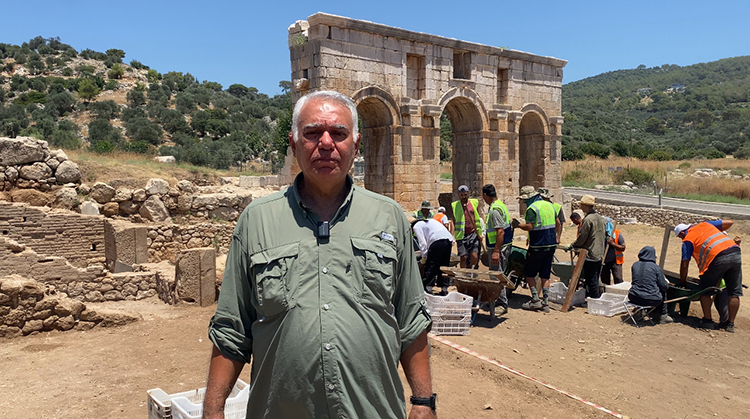
A Monumental Gate That Delivered Water and Power
The city gate itself is a marvel of Roman engineering, standing 19 meters long and 10 meters high, with three grand arches. More than just a ceremonial entrance, the structure also functioned as part of an elaborate ancient water system. Water sourced from 22 kilometers away was brought up through lead pipes, flowing into a reservoir above the central arch before being distributed to the city.
📣 Our WhatsApp channel is now LIVE! Stay up-to-date with the latest news and updates, just click here to follow us on WhatsApp and never miss a thing!!
Notably, statues once stood in niches above each arch, including busts of Governor Mettius Modestus’s family and a statue of Empress Plotina, wife of Roman Emperor Trajan.
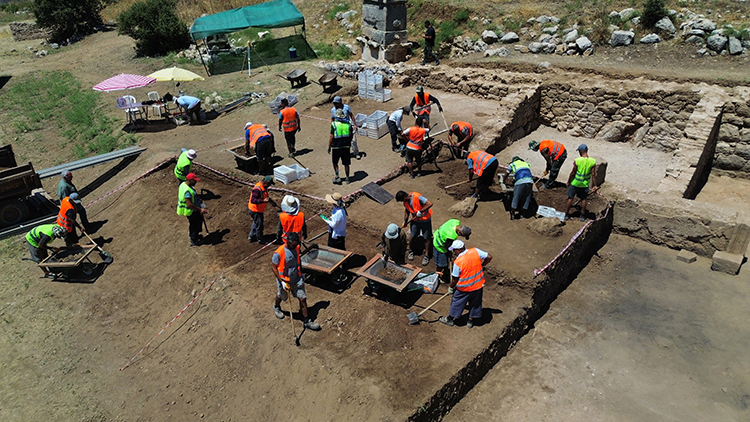
Above the structure, a Latin inscription reads:
“Built by the people of Patara, metropolis of the Lycian nation.”
This detail underscores the gate’s dual role as both a practical infrastructure and a symbol of civic pride and imperial propaganda.
Reawakening a Forgotten Urban Center
Patara is renowned for its rich archaeological assets, including a Roman theater, the world’s oldest known lighthouse, a bouleuterion (council chamber), and sacred roads with milestone markers. The ongoing discoveries near the gate add a new layer to our understanding of life in this ancient port city, which once connected the Lycian coast to major Mediterranean trade routes.
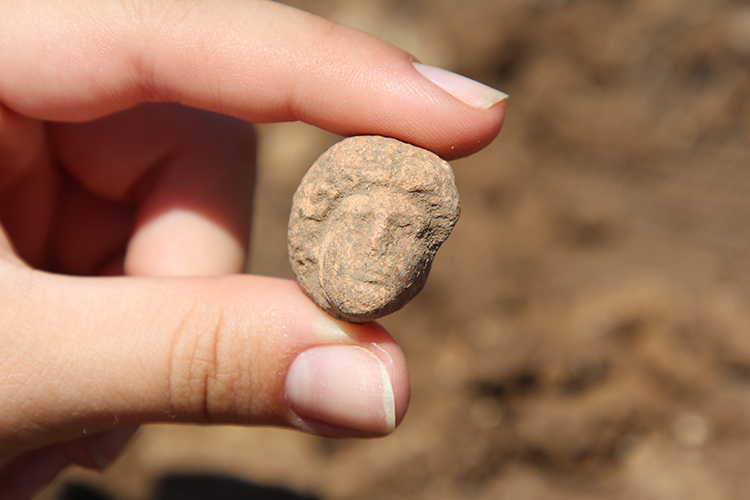
As restoration efforts continue, researchers aim to reactivate the ancient water flow, recreating the cascade of water from the central arch — a spectacle that has not been seen for nearly two millennia.
Patara: A Rising Star in Cultural Heritage Tourism
The latest excavations are expected to boost tourism and global interest in Patara, which already draws history enthusiasts from around the world. Once completed, the newly uncovered stoa and shop district will offer visitors a vivid, walkable glimpse into the everyday life of a thriving Roman-era city.
Cover Image credit: Talip Demirci/AA
You may also like
- A 1700-year-old statue of Pan unearthed during the excavations at Polyeuktos in İstanbul
- The granary was found in the ancient city of Sebaste, founded by the first Roman emperor Augustus
- Donalar Kale Kapı Rock Tomb or Donalar Rock Tomb
- Theater emerges as works continue in ancient city of Perinthos
- Urartian King Argishti’s bronze shield revealed the name of an unknown country
- The religious center of Lycia, the ancient city of Letoon
- Who were the Luwians?
- A new study brings a fresh perspective on the Anatolian origin of the Indo-European languages
- Perhaps the oldest thermal treatment center in the world, which has been in continuous use for 2000 years -Basilica Therma Roman Bath or King’s Daughter-
- The largest synagogue of the ancient world, located in the ancient city of Sardis, is being restored

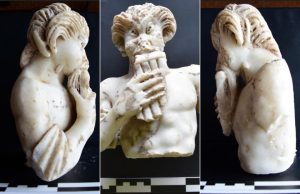
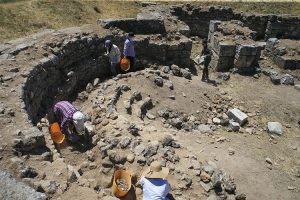
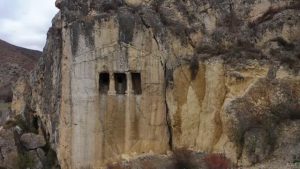
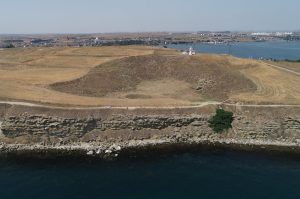
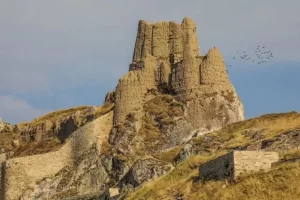
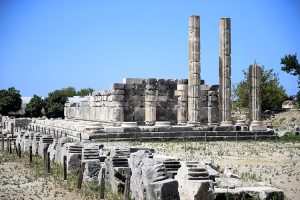
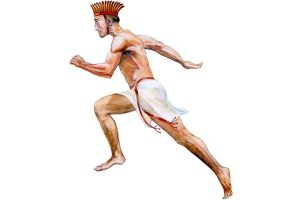

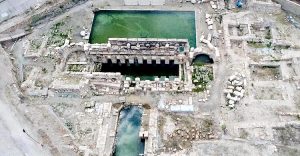
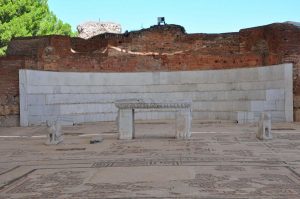
Leave a Reply